Home>Gardening & Outdoor>Landscaping Ideas>When To Plant Grass In Maryland
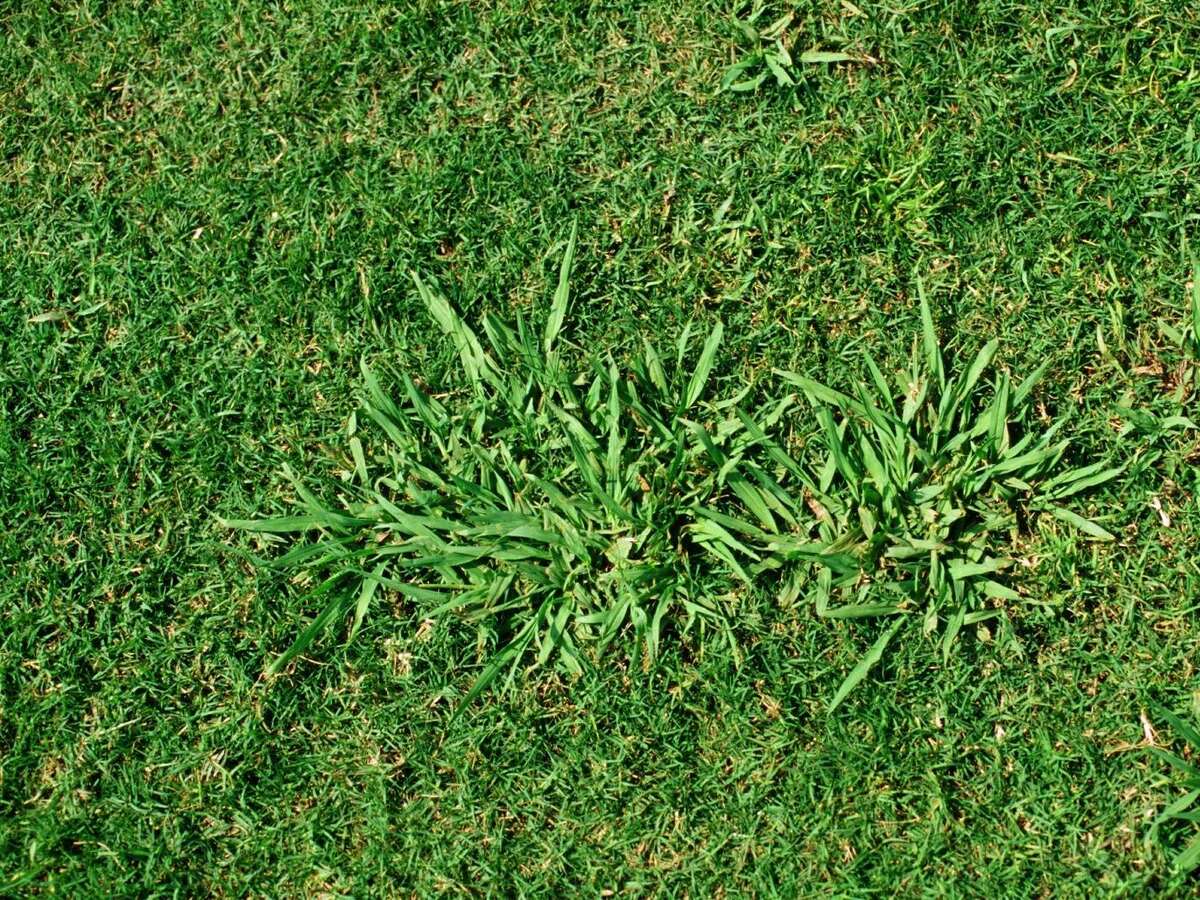

Landscaping Ideas
When To Plant Grass In Maryland
Modified: March 28, 2024
Discover the best time to plant grass in Maryland with our expert landscaping ideas. Get tips for creating a lush, vibrant lawn in your Maryland yard.
(Many of the links in this article redirect to a specific reviewed product. Your purchase of these products through affiliate links helps to generate commission for Storables.com, at no extra cost. Learn more)
Best Time to Plant Grass in Maryland
Planting grass in Maryland requires careful consideration of the climate and weather patterns to ensure the best chances of successful growth. The optimal time to plant grass in Maryland is during the late summer to early fall, typically from mid-August to mid-September. This period offers favorable conditions for grass seed germination and establishment.
During late summer and early fall, Maryland experiences cooler temperatures and increased moisture, creating an ideal environment for grass seed to take root and flourish. The soil is still warm from the summer months, promoting rapid seed germination, while the cooler air temperatures reduce the stress on newly planted grass.
By planting grass during this window, homeowners in Maryland can take advantage of the optimal growing conditions to establish a lush and healthy lawn. Additionally, planting during late summer to early fall allows the grass to develop a strong root system before the onset of winter, which is crucial for withstanding the cold temperatures and potential frost.
It's important to note that planting grass during the late summer to early fall period aligns with the natural growth cycle of cool-season grasses, such as Kentucky bluegrass, fescue, and ryegrass, which are well-suited for Maryland's climate. These grass varieties thrive in the cooler temperatures and moderate rainfall that characterize the region during the fall season.
By choosing the best time to plant grass in Maryland, homeowners can set the stage for a vibrant and resilient lawn that will endure the varying weather conditions throughout the year. This strategic approach to grass planting maximizes the chances of successful establishment and long-term lawn health, providing a lush and inviting outdoor space for enjoyment and relaxation.
In summary, the late summer to early fall period presents the best opportunity for planting grass in Maryland, offering optimal conditions for seed germination, root development, and overall lawn establishment. By timing the grass planting to coincide with these favorable conditions, homeowners can set the stage for a thriving and resilient lawn that enhances the beauty and value of their property.
Key Takeaways:
- Best Time to Plant Grass in Maryland
The best time to plant grass in Maryland is late summer to early fall. This gives the grass the perfect conditions to grow strong roots and withstand the winter cold. - Factors to Consider Before Planting Grass
Before planting grass in Maryland, consider the climate, soil, sunlight, maintenance, pests, and water. Understanding these factors helps choose the right grass for a healthy lawn.
Read more: When To Plant Grass Seed In Maryland
Factors to Consider Before Planting Grass
Before embarking on the journey of planting grass in Maryland, several crucial factors warrant careful consideration to ensure the success of the endeavor. Understanding and addressing these factors can significantly impact the outcome, laying the groundwork for a healthy and vibrant lawn. Here are the key considerations to ponder before initiating the grass planting process:
-
Climate and Weather Conditions: Maryland's diverse climate encompasses varying temperature ranges and precipitation levels across different regions. It is essential to assess the specific climate of the area where the grass will be planted. Factors such as average temperatures, seasonal rainfall patterns, and the prevalence of frost and snowfall play a pivotal role in determining the most suitable grass species for the given location.
-
Soil Type and Quality: The composition and quality of the soil directly influence the growth and health of grass. Conducting a soil test to determine its pH level, nutrient content, and drainage properties is crucial. Different grass species thrive in specific soil conditions, and understanding the soil composition enables homeowners to select the most compatible grass variety for optimal growth.
-
Sunlight Exposure: Assessing the amount of sunlight the planting area receives is vital, as it dictates the type of grass that will thrive. Some grass species require full sun, while others are more tolerant of shade. Understanding the sunlight exposure helps in choosing the appropriate grass variety that aligns with the site's specific conditions.
-
Maintenance Requirements: Consider the level of maintenance and care the chosen grass species demands. Some varieties necessitate regular mowing, fertilization, and irrigation, while others are more low-maintenance. Evaluating the time and effort available for lawn upkeep aids in selecting a grass type that aligns with the homeowner's maintenance capabilities and preferences.
-
Pest and Disease Resistance: Researching the pest and disease resistance of different grass species is essential for long-term lawn health. Certain grass varieties exhibit natural resistance to common pests and diseases prevalent in Maryland, reducing the need for extensive chemical treatments and interventions.
-
Water Availability: Assessing the availability of water for irrigation is crucial, especially during the establishment phase. Considering the water requirements of the chosen grass species and the capacity for regular watering ensures that the lawn receives adequate hydration for healthy growth.
By carefully evaluating these factors before planting grass in Maryland, homeowners can make informed decisions that align with the specific conditions of their property. This thoughtful approach sets the stage for successful grass establishment and long-term lawn vitality, creating an inviting outdoor space for enjoyment and relaxation.
The best time to plant grass in Maryland is in the late summer or early fall, between mid-August and mid-October. This allows the grass to establish strong roots before the winter and ensures a healthy lawn in the spring.
Steps to Planting Grass in Maryland
Preparing to plant grass in Maryland involves a series of essential steps that are instrumental in ensuring the successful establishment of a lush and healthy lawn. By following a systematic approach, homeowners can lay the groundwork for optimal grass growth and long-term vitality. Here are the detailed steps to plant grass in Maryland:
-
Assess the Planting Area: Begin by evaluating the designated planting area to determine its size, soil type, sunlight exposure, and existing vegetation. Understanding these factors helps in selecting the most suitable grass species and formulating a tailored planting strategy.
-
Soil Preparation: Prepare the soil by conducting a soil test to assess its pH level and nutrient content. Based on the test results, amend the soil as needed to create an optimal growing environment for the grass. This may involve adding organic matter, such as compost, to improve soil structure and fertility.
-
Select the Right Grass Seed: Choose a high-quality grass seed blend that is well-suited for Maryland's climate and soil conditions. Consider factors such as drought tolerance, disease resistance, and maintenance requirements when selecting the grass seed to ensure it aligns with the specific needs of the planting area.
-
Seed Distribution: Evenly distribute the grass seed across the planting area using a seed spreader or by hand. Pay attention to the recommended seeding rate for the chosen grass species to achieve the desired coverage and density.
-
Soil Contact: Ensure good seed-to-soil contact by lightly raking or rolling the seeded area. This promotes seed germination and helps the seeds establish firm contact with the soil, facilitating optimal growth.
-
Fertilization: Apply a starter fertilizer specifically formulated for new grass seed to provide essential nutrients for initial growth. The fertilizer should be evenly distributed across the seeded area according to the manufacturer's instructions.
-
Watering: Keep the seeded area consistently moist by watering lightly and frequently. Avoid overwatering, as it can lead to seed displacement and hinder germination. Adequate moisture is crucial for seed germination and the development of a strong root system.
-
Monitoring and Maintenance: Monitor the seeded area regularly to ensure proper germination and early growth. As the grass begins to establish, gradually transition to a regular watering schedule and implement a mowing regimen once the grass reaches the recommended height.
By diligently following these steps, homeowners can effectively plant grass in Maryland, setting the stage for a thriving and resilient lawn. This systematic approach maximizes the chances of successful grass establishment, ultimately creating a lush and inviting outdoor space for enjoyment and relaxation.
Tips for Maintaining a Healthy Lawn in Maryland
Maintaining a healthy lawn in Maryland involves ongoing care and attention to ensure that the grass thrives in the region's diverse climate and environmental conditions. By implementing effective maintenance practices, homeowners can nurture a lush and resilient lawn that enhances the beauty and value of their property. Here are essential tips for maintaining a healthy lawn in Maryland:
-
Regular Mowing: Establish a consistent mowing schedule to keep the grass at an optimal height. For cool-season grasses prevalent in Maryland, such as Kentucky bluegrass and fescue, maintain a mowing height of around 2.5 to 3.5 inches. Avoid cutting more than one-third of the grass blade length at a time to prevent stress on the lawn.
-
Proper Watering: Water the lawn deeply and infrequently to encourage deep root growth. In Maryland, aim to provide the grass with approximately 1 to 1.5 inches of water per week, including rainfall. Water in the early morning to minimize evaporation and fungal diseases, allowing the grass to absorb moisture effectively.
-
Adequate Fertilization: Apply fertilizers at the appropriate times to provide essential nutrients for the grass. Conduct a soil test to determine the specific nutrient needs of the lawn and select a fertilizer tailored to those requirements. In Maryland, consider fertilizing cool-season grasses in the fall to support root development and winter hardiness.
-
Weed Control: Implement proactive weed control measures to prevent the proliferation of weeds in the lawn. Regularly inspect the grass for weeds and address them promptly to prevent competition for nutrients and space. Utilize targeted herbicides or manual removal for effective weed management.
-
Aeration: Periodically aerate the lawn to alleviate soil compaction and promote better air, water, and nutrient penetration to the grass roots. Aeration helps improve overall soil health and enhances the lawn's resilience against environmental stressors.
-
Overseeding: Consider overseeding the lawn with grass seed to fill in thin or bare areas and maintain a dense and healthy turf. This practice helps rejuvenate the lawn, improve its overall appearance, and enhance its ability to withstand foot traffic and environmental challenges.
-
Pest and Disease Management: Stay vigilant for signs of pests and diseases that can affect the lawn. Implement integrated pest management strategies and disease prevention measures to minimize the impact of harmful organisms on the grass.
-
Seasonal Maintenance: Adjust lawn care practices according to the seasonal changes in Maryland. Tailor maintenance activities such as mowing height, watering frequency, and fertilization timing to align with the specific needs of the grass during different seasons.
By incorporating these tips into their lawn care regimen, homeowners in Maryland can foster a vibrant and resilient lawn that flourishes in the region's climate and environmental conditions. This proactive approach to lawn maintenance promotes long-term health and vitality, creating an inviting outdoor space for leisure and enjoyment.
Frequently Asked Questions about When To Plant Grass In Maryland
Was this page helpful?
At Storables.com, we guarantee accurate and reliable information. Our content, validated by Expert Board Contributors, is crafted following stringent Editorial Policies. We're committed to providing you with well-researched, expert-backed insights for all your informational needs.

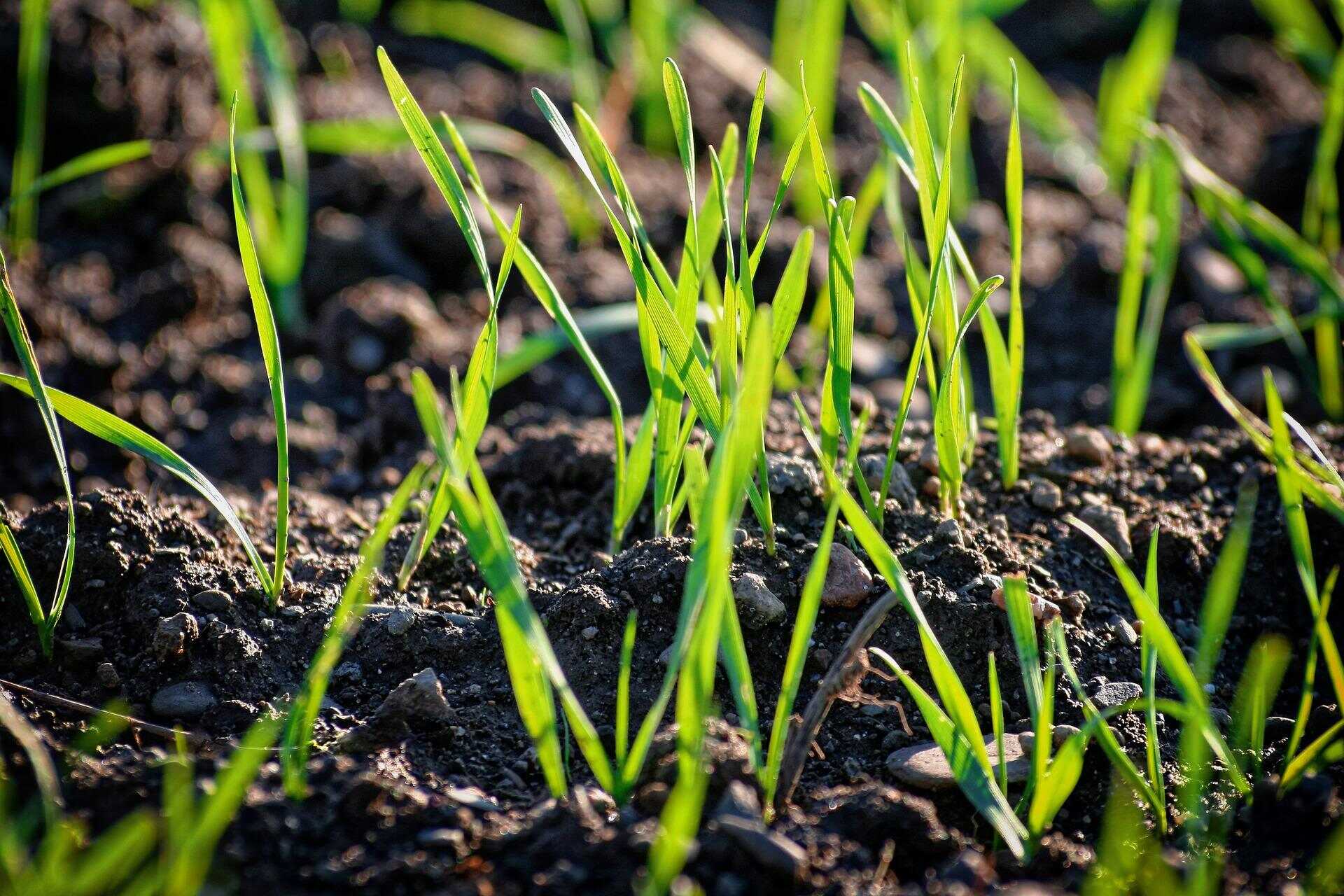
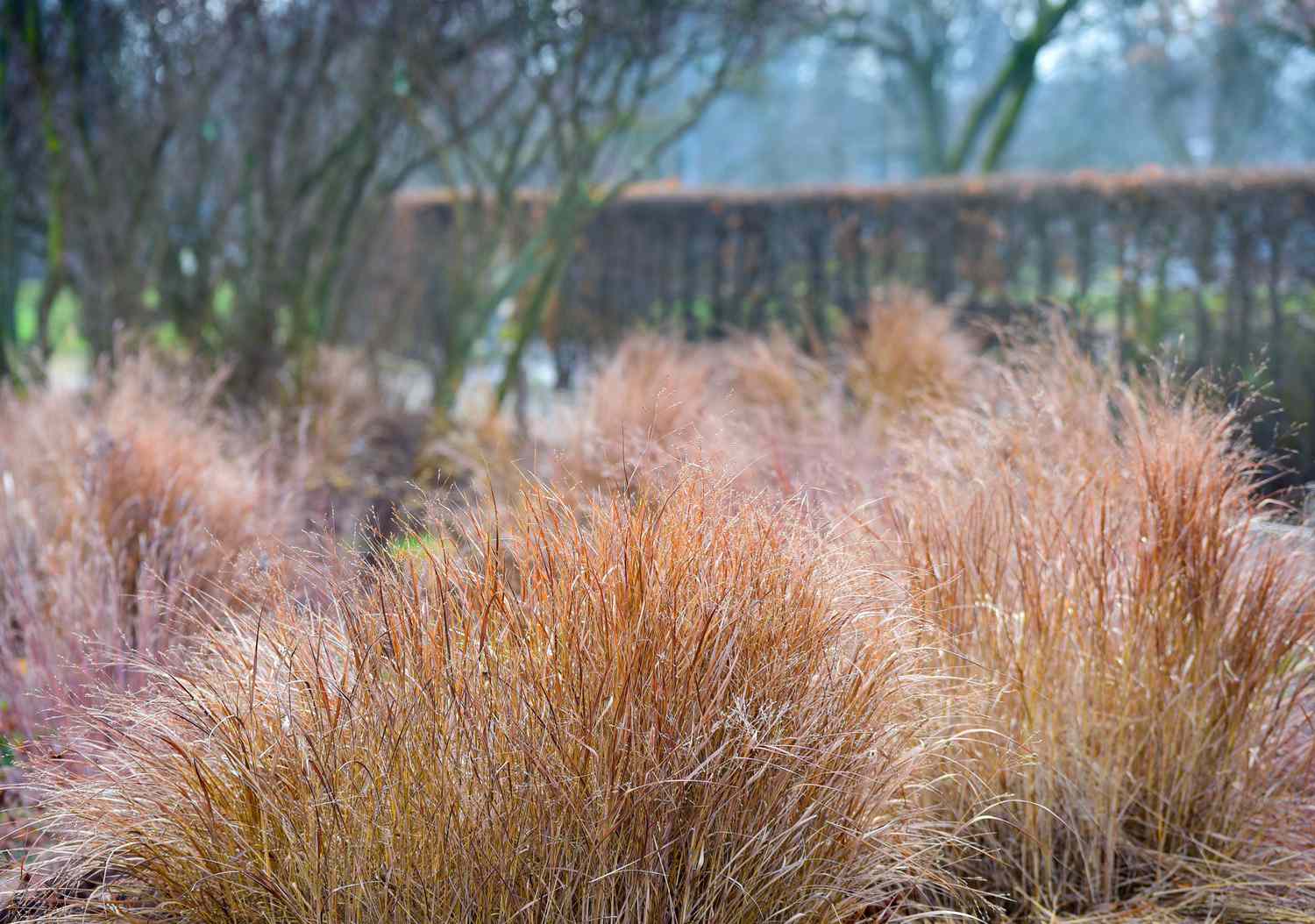


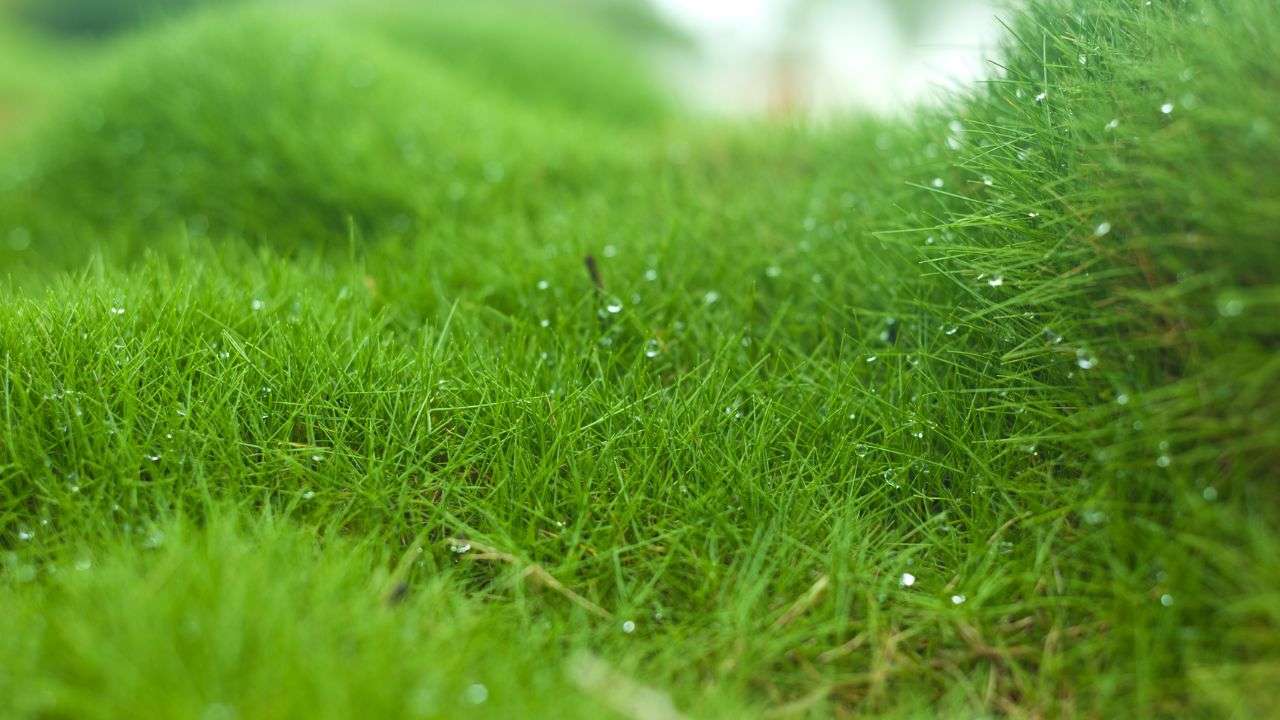
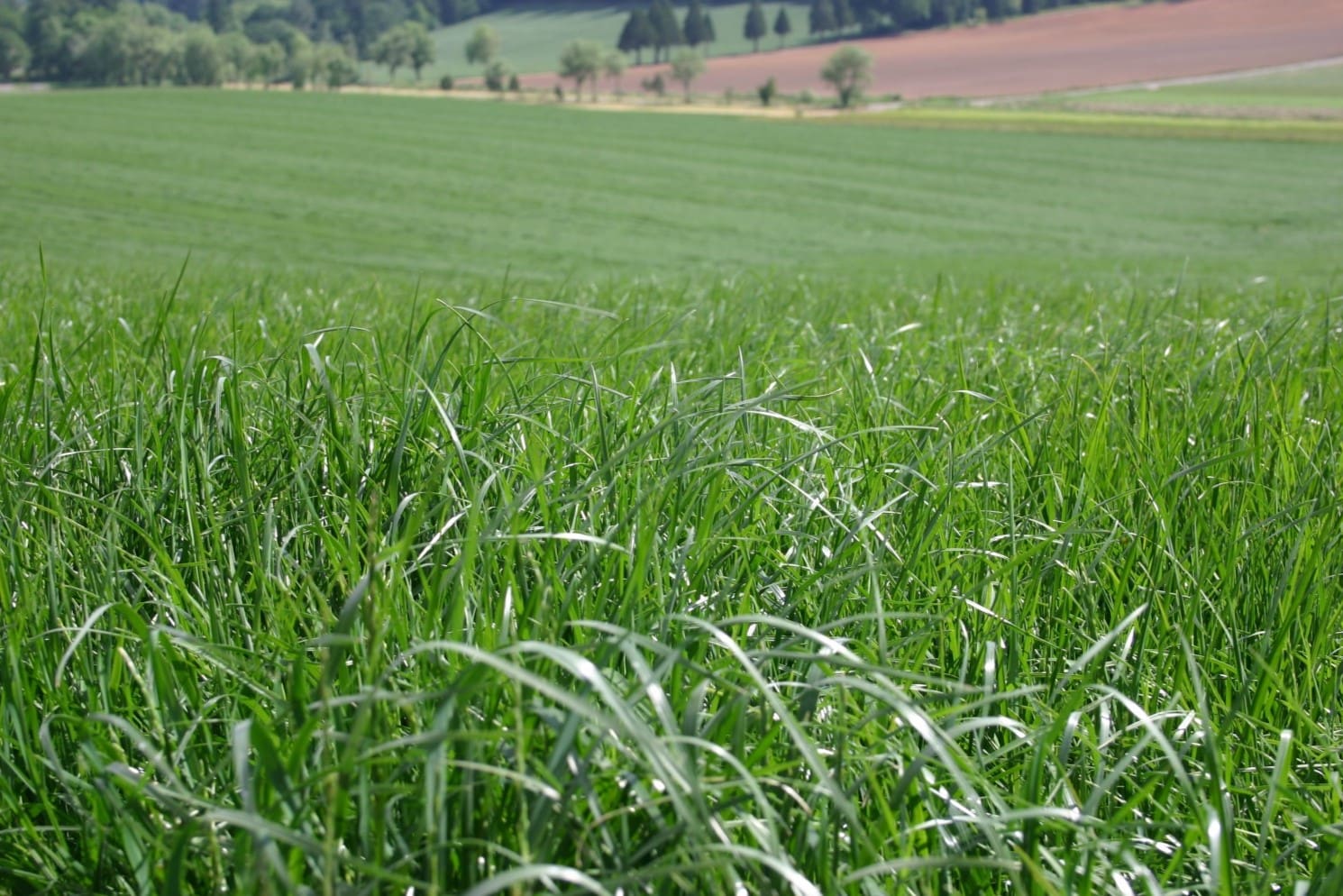



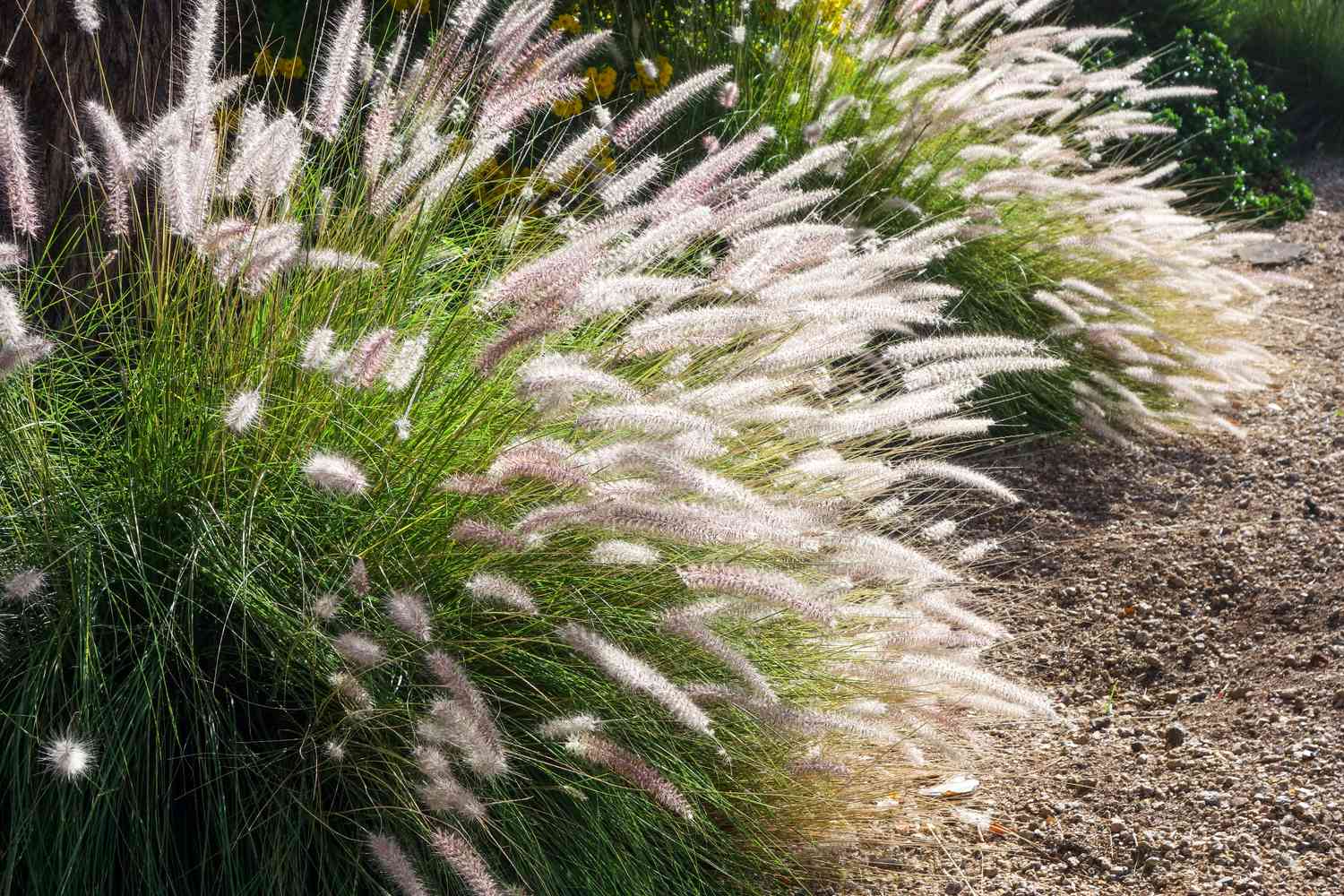
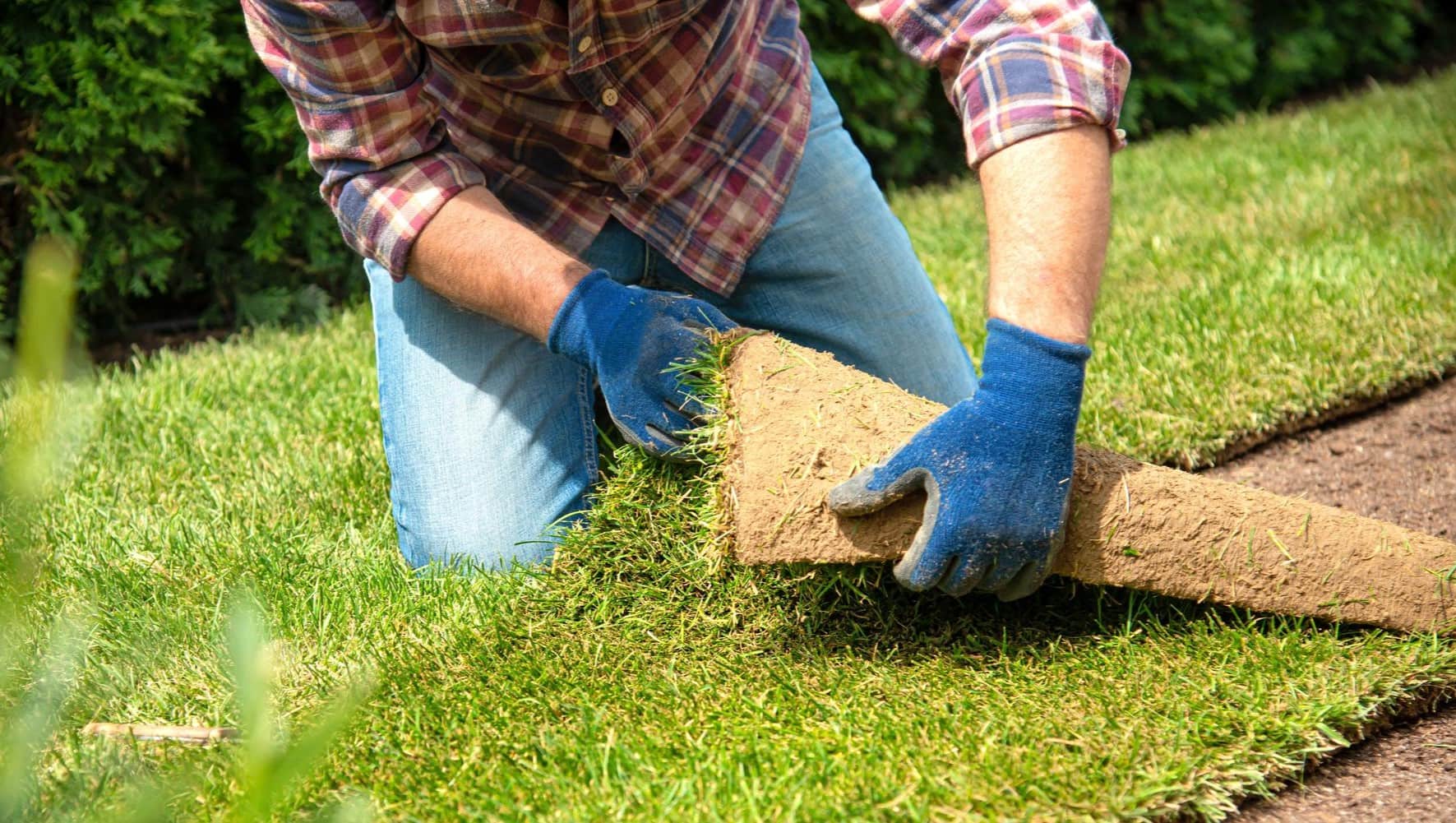
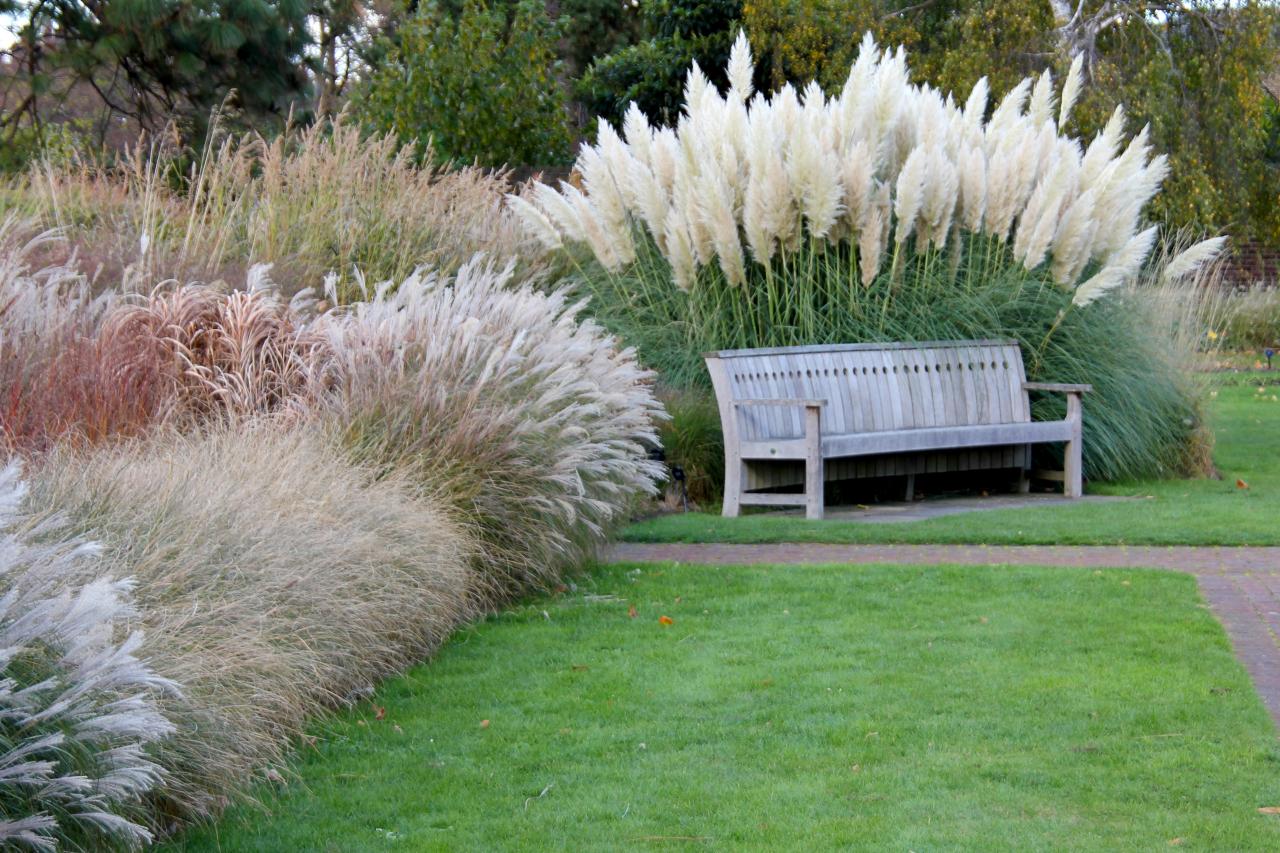
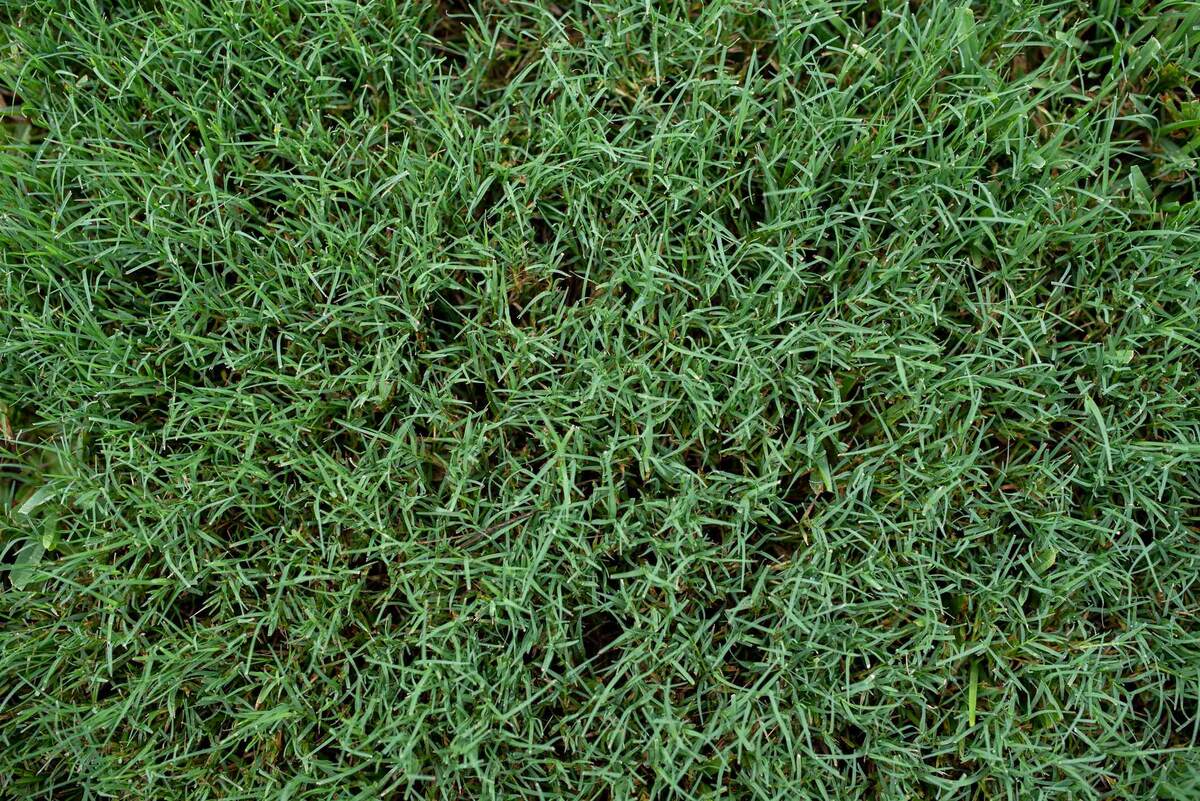
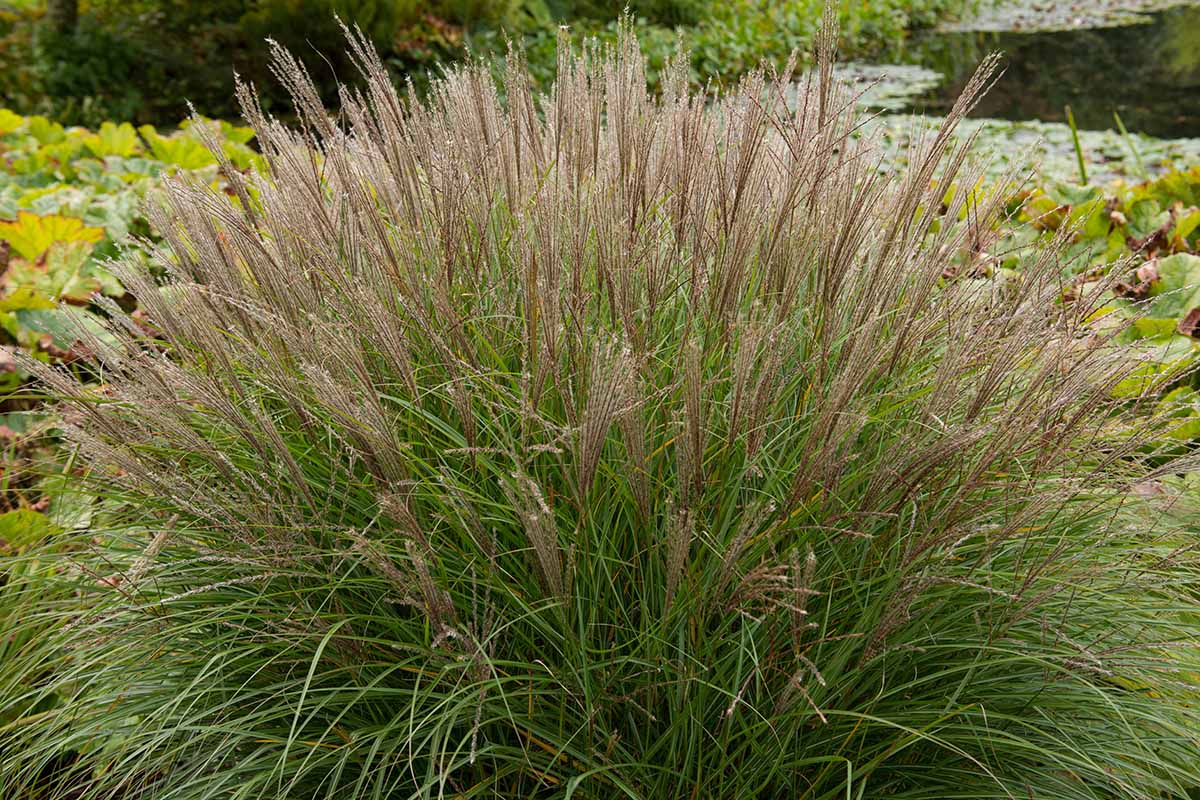

0 thoughts on “When To Plant Grass In Maryland”